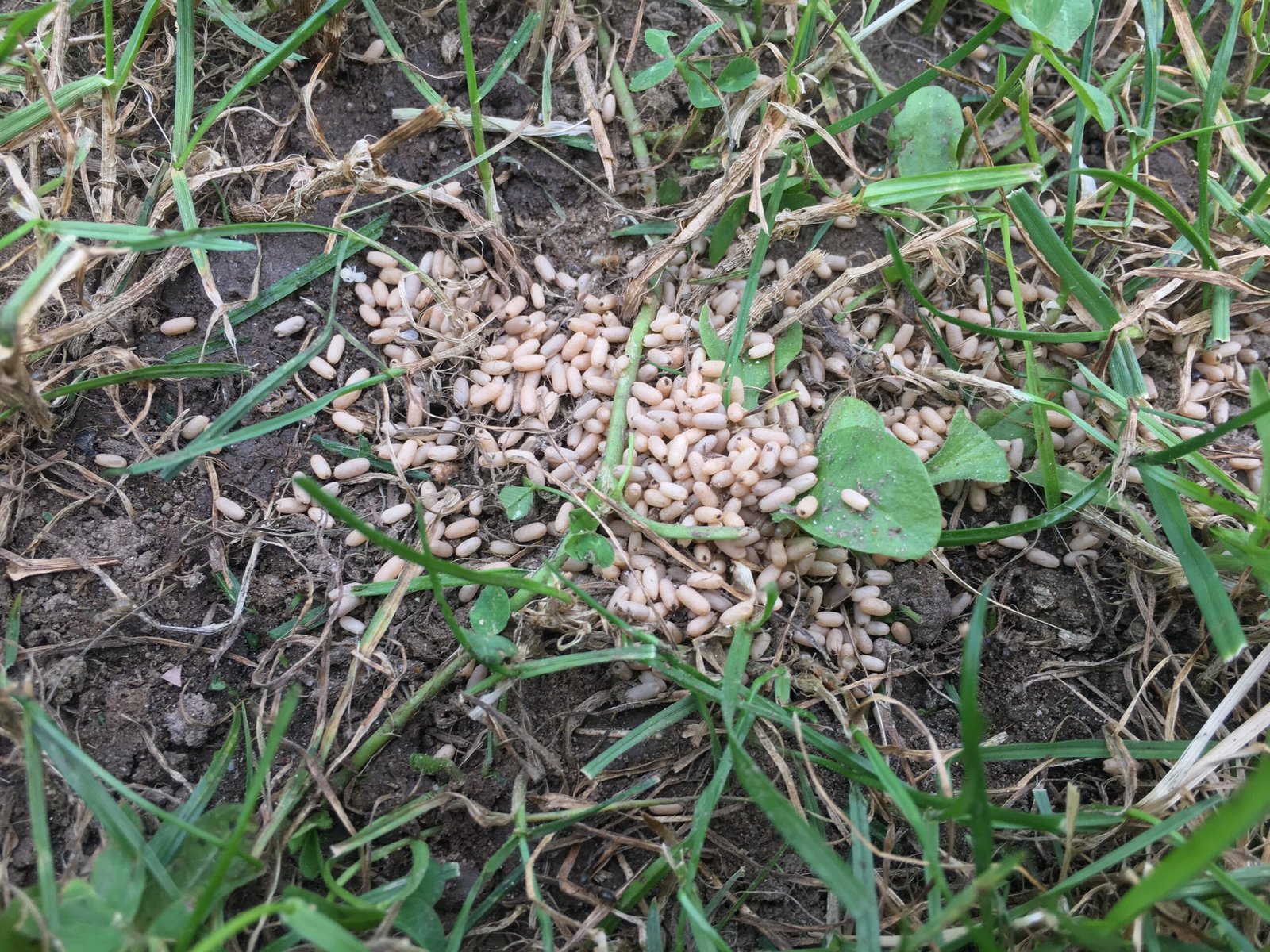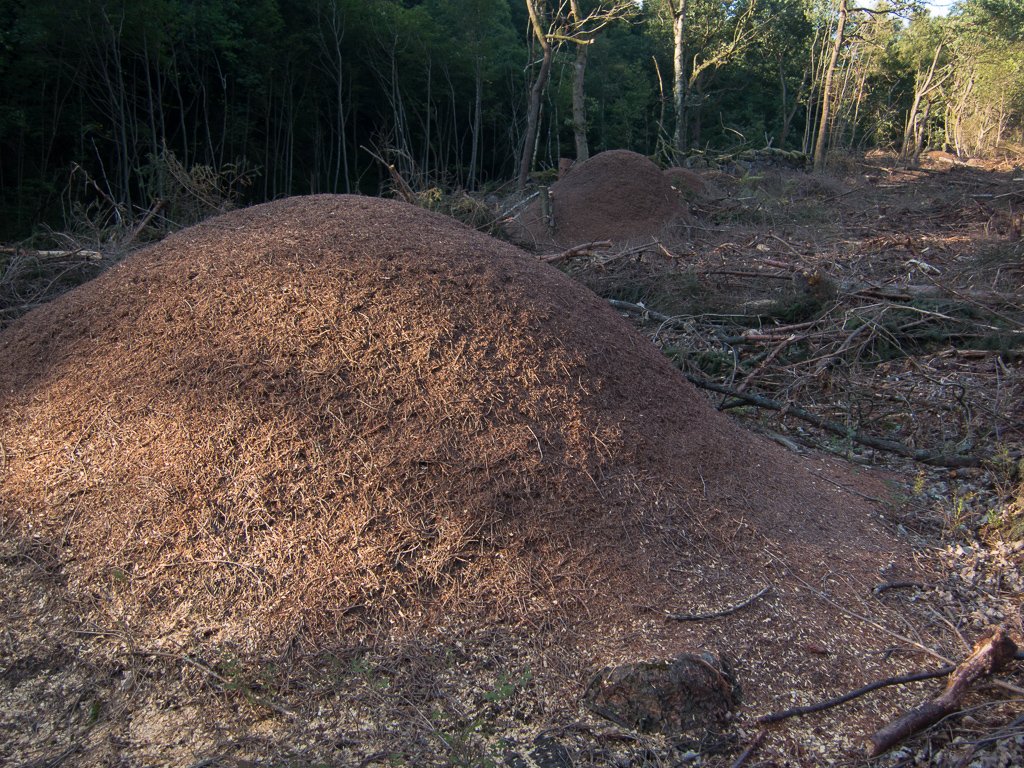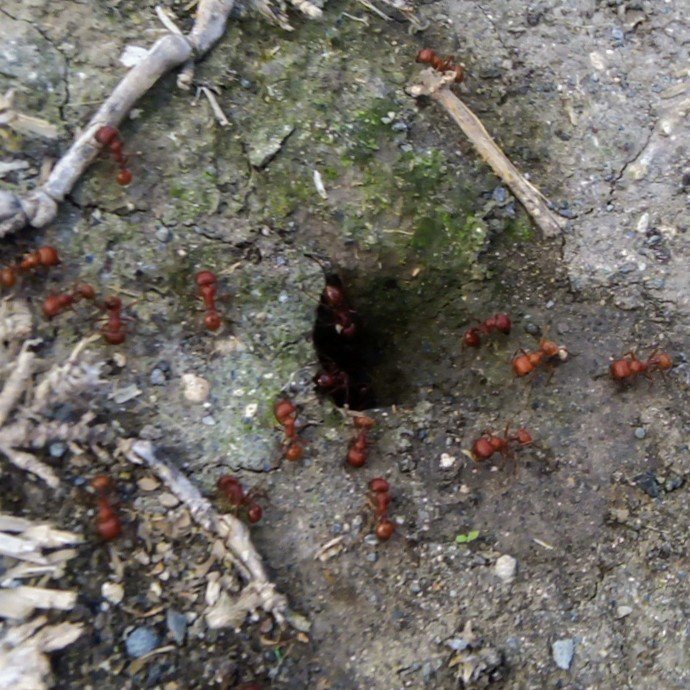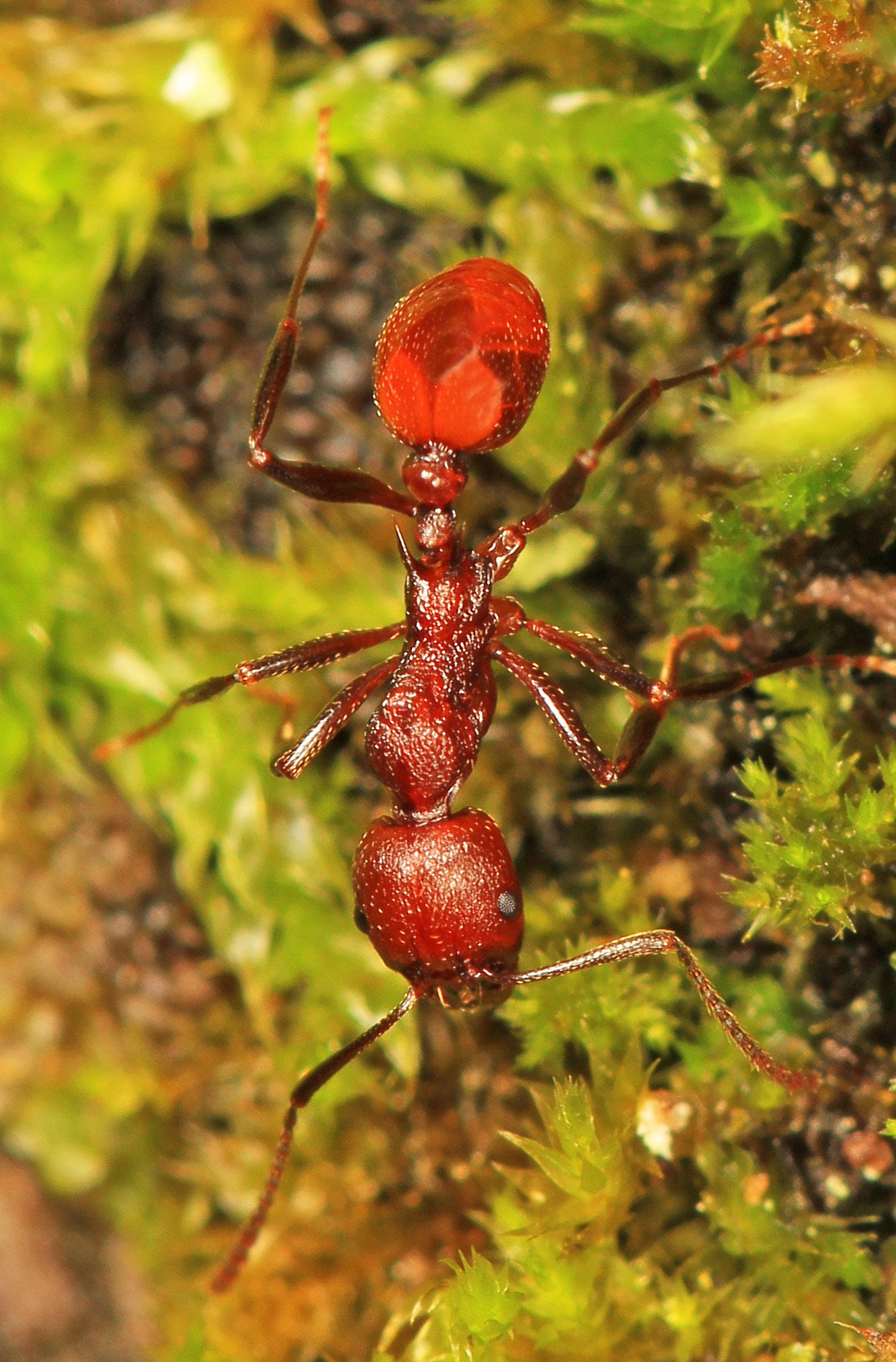Beneath our feet lies a hidden world, bustling with activity and intricate designs that rival human urban planning. This is the realm of ants, tiny architects that construct vast, complex cities underground. These subterranean marvels are not just homes but superhighways of ant civilization, where their lives unfold in a manner that is both fascinating and essential to the ecosystem. Imagine a world where highways, homes, and hospitals are all intertwined beneath the surface, unseen yet incredibly vital. Welcome to the underground superhighways of ants, where nature’s smallest engineers showcase their unparalleled skills.
The Complexity of Ant Colonies
Ant colonies are not just simple gatherings but are sophisticated societies with distinct roles and responsibilities. Each colony operates like a well-oiled machine, with worker ants, soldiers, and a queen all contributing to the community’s success. These colonies can house millions of ants, functioning much like a bustling metropolis. The workers are the backbone, tirelessly building and maintaining the nest, while soldiers defend against intruders. The queen, on the other hand, is the heart, responsible for reproduction and ensuring the colony’s continuity. This division of labor is crucial, ensuring that every aspect of their underground city runs smoothly.
Architectural Marvels of Ant Nests

The architectural prowess of ants is nothing short of extraordinary. Their nests are a labyrinth of tunnels and chambers, intricately designed to cater to the needs of the colony. These structures are often multi-level, with designated areas for nurseries, food storage, and even waste disposal. Ants use soil, leaves, and other materials to construct these homes, showcasing their adaptability and resourcefulness. The design of these nests ensures optimal airflow and temperature regulation, critical factors for the survival of the colony. It’s fascinating to think that these tiny creatures can create such complex habitats with limited resources and tools.
Communication: The Ants’ Secret Language
Communication is key in any society, and ants have mastered their own unique language. They use pheromones, chemical signals that convey messages and instructions to their fellow ants. This form of communication is incredibly efficient, allowing ants to coordinate complex tasks such as foraging, building, and defending their territory. When a food source is discovered, ants release a trail of pheromones to guide others to the bounty. This sophisticated system ensures that the colony operates in unison, with each ant playing its part in the grand scheme of their underground city.
The Role of Ants in Ecosystems

Ants play a crucial role in maintaining the balance of ecosystems. They are nature’s recyclers, breaking down organic matter and aerating the soil as they tunnel through it. This activity improves soil health, promoting plant growth and supporting other wildlife. Moreover, ants are integral to seed dispersal, with some species specifically evolved to transport and bury seeds, aiding in plant reproduction. By controlling pest populations, ants also contribute to the health of their environment. Their presence is vital, and without them, the ecosystem would be far less productive and resilient.
Ant Superhighways: Efficient Transportation Networks

The concept of an ant superhighway is an intriguing one, with ants creating intricate networks to navigate their environment efficiently. These highways are well-trodden paths that connect various parts of the nest to food sources and other colonies. They are essential for the rapid movement of ants, allowing them to quickly respond to changes in their surroundings. The efficiency of these networks is remarkable, with ants optimizing their routes to save time and energy. This ability to create and maintain such efficient transportation systems is a testament to their collective intelligence and organizational skills.
Defense Mechanisms: Protecting the Colony
Defense is a critical aspect of ant life, with colonies employing a range of strategies to protect themselves from predators and rival ants. Soldier ants are often larger and equipped with powerful mandibles to ward off intruders. Some species even have specialized ants that can block tunnels with their heads, acting as living barricades. Additionally, ants use their chemical communication skills to coordinate defense tactics, overwhelming enemies with sheer numbers. These defense mechanisms are vital for the colony’s survival, ensuring that their underground cities remain safe and secure.
Ants and Human Inspiration

The remarkable abilities of ants have not gone unnoticed by humans. Scientists and engineers often look to ants for inspiration in solving complex problems, particularly in robotics and network systems. The efficiency of ant navigation and their ability to work collectively provide valuable insights into improving human technology. For instance, algorithms based on ant behavior are used in optimizing traffic flow and developing autonomous vehicles. By studying ants, we gain a deeper understanding of nature’s ingenuity and learn how to apply these lessons to our own challenges.
Challenges Faced by Ant Colonies
Despite their resilience and adaptability, ant colonies face numerous challenges. Habitat destruction, climate change, and invasive species threaten their survival. Human activities often disrupt their habitats, forcing ants to relocate or adapt to new conditions. Additionally, changes in temperature and humidity can impact their ability to thrive. Some ant species are also at risk from other invasive ants, which can outcompete them for resources. These challenges highlight the delicate balance of ecosystems and the importance of protecting these vital creatures.
Fascinating Ant Species and Their Unique Abilities
The world of ants is incredibly diverse, with over 12,000 species each exhibiting unique behaviors and adaptations. For example, leafcutter ants are known for their ability to cultivate fungus, which they use as a food source. Meanwhile, the trap-jaw ant has one of the fastest predatory strikes in the animal kingdom, snapping its jaws shut at remarkable speeds. Each species offers a glimpse into the incredible diversity of the ant world and the various strategies they employ to survive and thrive in their environments.
The Future of Ant Research

Ants have captivated the attention of scientists for centuries, and their study continues to yield new insights into biology, ecology, and behavior. Future research aims to uncover even more about these fascinating creatures, from their genetic makeup to their complex social structures. This knowledge could have far-reaching implications, informing conservation efforts and inspiring technological advancements. As we delve deeper into the world of ants, we are reminded of the intricate connections that bind all living things and the endless wonders of the natural world.




